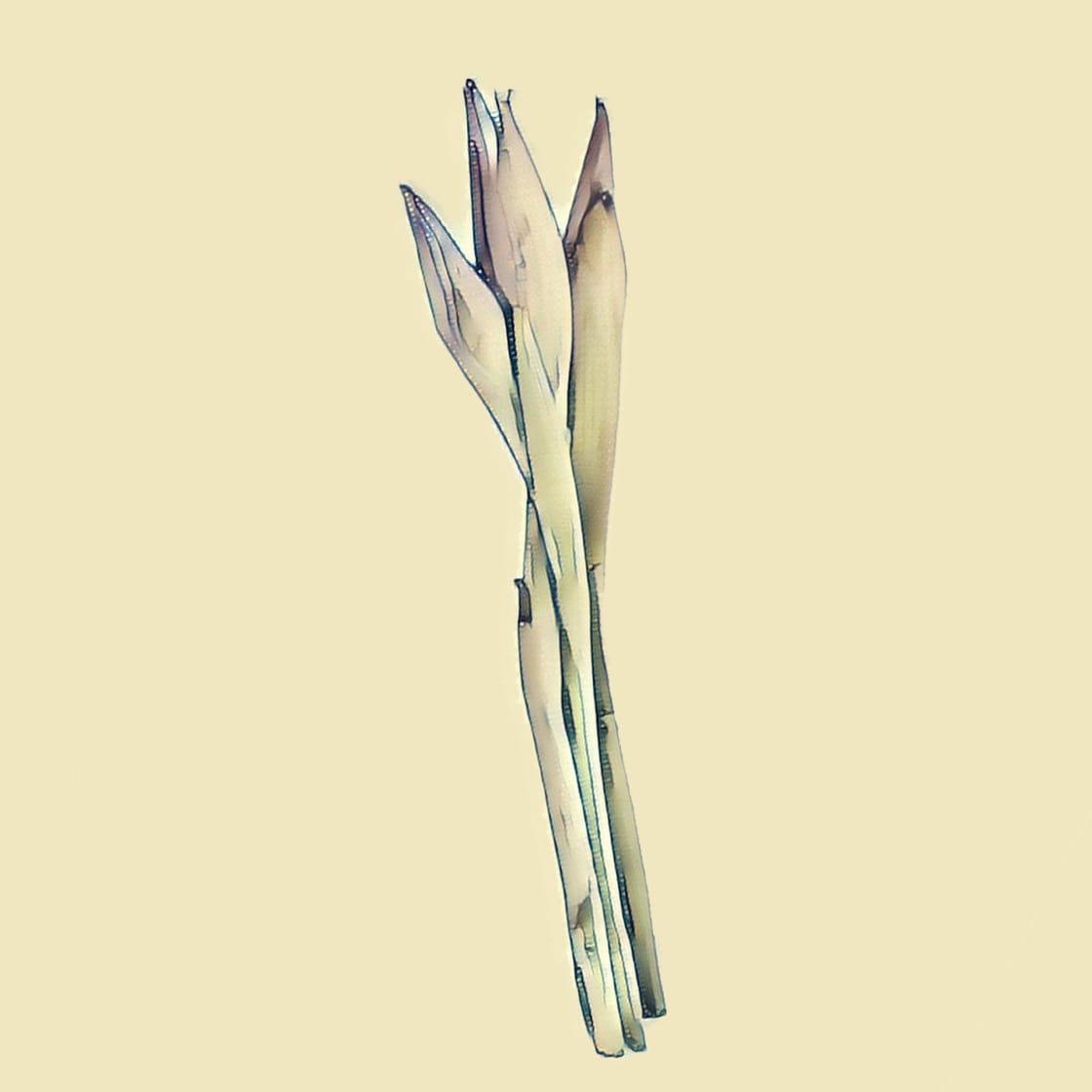While some of these are readily available around the world, others are more niche and only available from local markets. We’re not referring to the common ingredients like lemongrass, basil or galangal here but the lesser known varieties like citronella, torch ginger flower and fingerroot.
If these names are entirely foreign to you, here’s how to use them.

Fingerroot
These slender rhizomatous bulbs are the same color and family as ginger but taste nuttier and without the familiar sharpness. Like many other ginger varieties, its uses are both culinary and medicinal (it's believed to be antimicrobial and anti-inflammatory). In dishes, it is the most important ingredient in the Cambodian steamed fish cake known as amok and is also used in Thailand for khanom chin (rice noodles in curry).
Vietnamese Mint
This herb goes by many names from rau ram in Vietnam to phak phai in Thailand to daun kesom in Malaysia and Indonesia. It is most commonly enjoyed as an important garnish across Southeast Asia in Vietnamese soups like bun thang and Thai and Laotian salads like larb. In Singapore and Malaysia, it is also shredded and added raw to the countries' classic noodle dish, laksa, and added to some renditions of asam pedas—a spicy fish stew soured with a good hit of tamarind juice.
Torch Ginger Flower
The most flavorful part of this ginger variety is not its rhizomes, but the flower stalk that shoots up into blushing pink petals. Its waxy texture yields a bright citrusy flavor that adds a zesty, floral punch to sour seafood stews. In Singapore, the petals are used to make the peanut sauce in rojak (a raw fruit salad), while in Bali the entire flower from the petals to the stalk itself is used to make sambal bongkot—a spicy relish made by stir-frying a mixture of chopped torch ginger, shrimp paste, shallots and bird’s eye chiles.
Culantro
This herb might share a similar name to its more common cousin cilantro, but its shape differs in that the leaves are oblong and don’t grow on stems. The flavor, though similar to cilantro, is stronger, sharper and more aromatic. It is said to be native to Mexico and its Thai name, phak chi farang, translates to European coriander, hinting that it was foreign influences that introduced the herb to the region. In dishes, it is sliced thinly to add a bright flourish to Northeastern Thai dishes like larb and soups as well as in Vietnamese pho.







